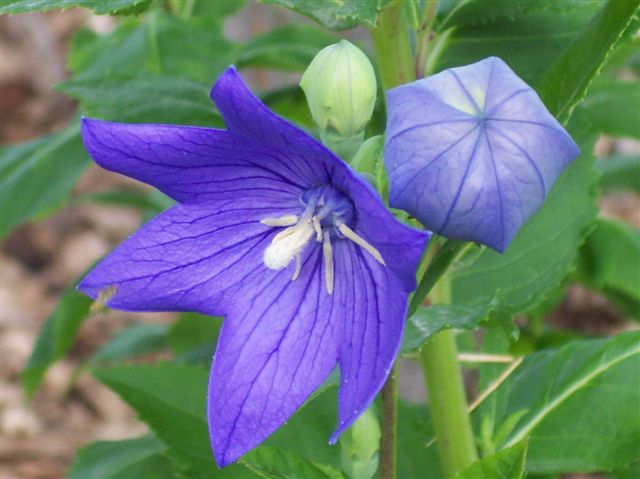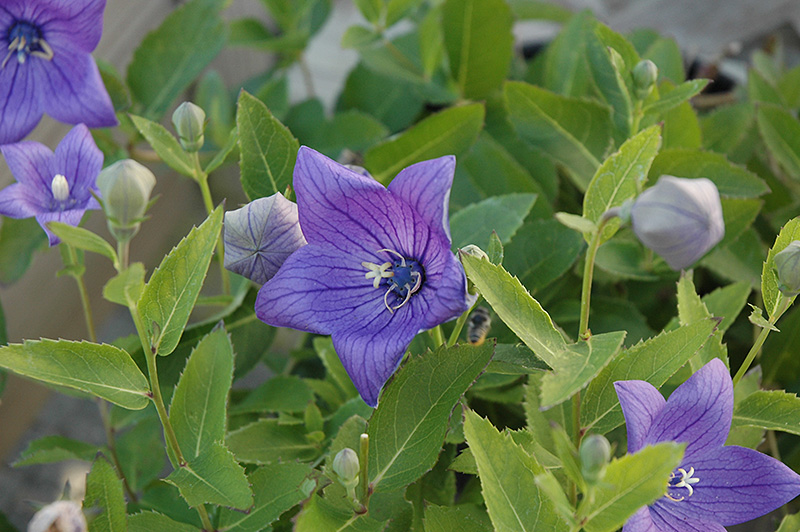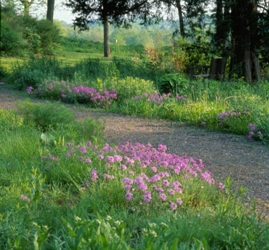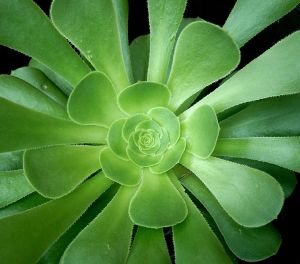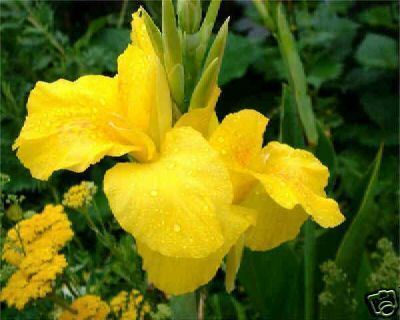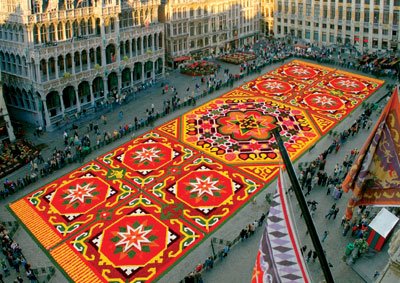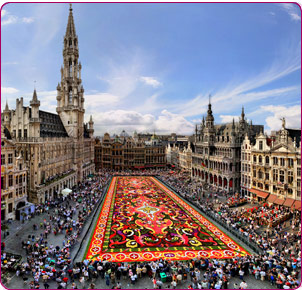The tiny little blue flowers called 'forget-me-nots'
have a lot of interesting folklore around their name.
The Latin botanical name for them is myosotis
which means "mouse ears" according to wikipedia.org.

The same wikipedia entry contains some interesting
accounts of how 'forget-me-nots' came to be called that.
One explanation is from a German story.
In this story, God was naming all the flowers when a tiny one shouted,
"Forget-me-not, oh Lord!" And according to the story,
God said: that shall be your name: "forget-me-not."
Sounds to me as if God may have been running out of name ideas by that point,
but it's a cute story.

Another unique story said to date to 15th-century Germany
claims a knight in armor and his lover were walking along a river.
He bent to pick some of the tiny blue flowers that grew along the bank.
However, his armor was too heavy and he lost his balance and fell into the river.
As he was drowning, he threw the bouquet of blue flowers to his lover
and shouted, "Forget me not."
A charming story, but surely he must have yelled something more like "Help!"
I concede that "Forget me not" sounds more romantic.
But by the same token, if he were going to go for a romantic walk
I imagine he would have left the armor elsewhere.
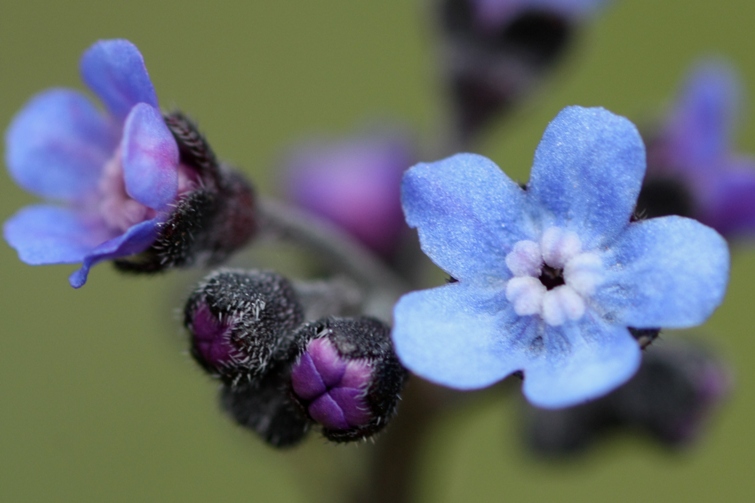
Regardless of why we call them by their common name,
forget-me-nots are a charming little addition to one's garden.
<>




